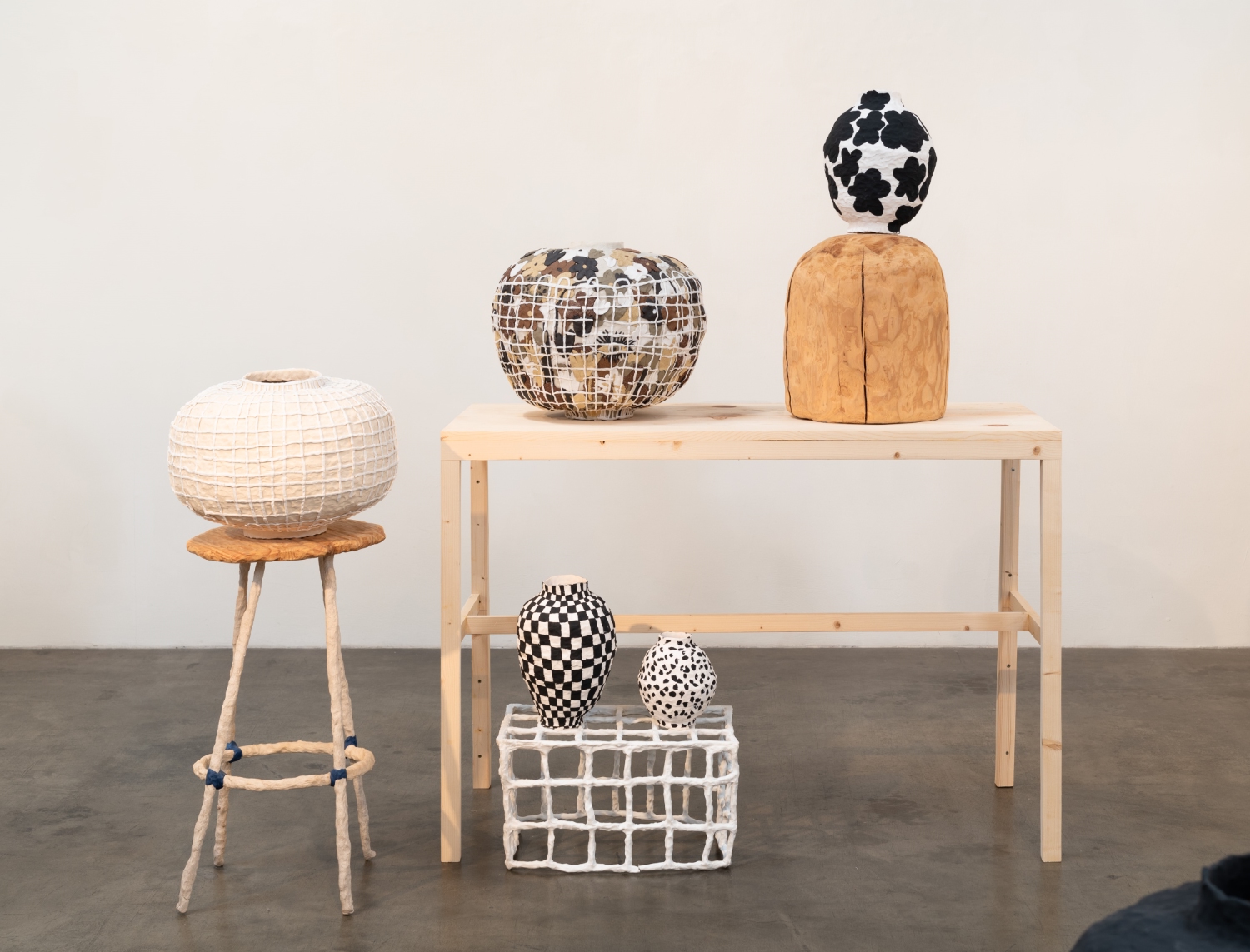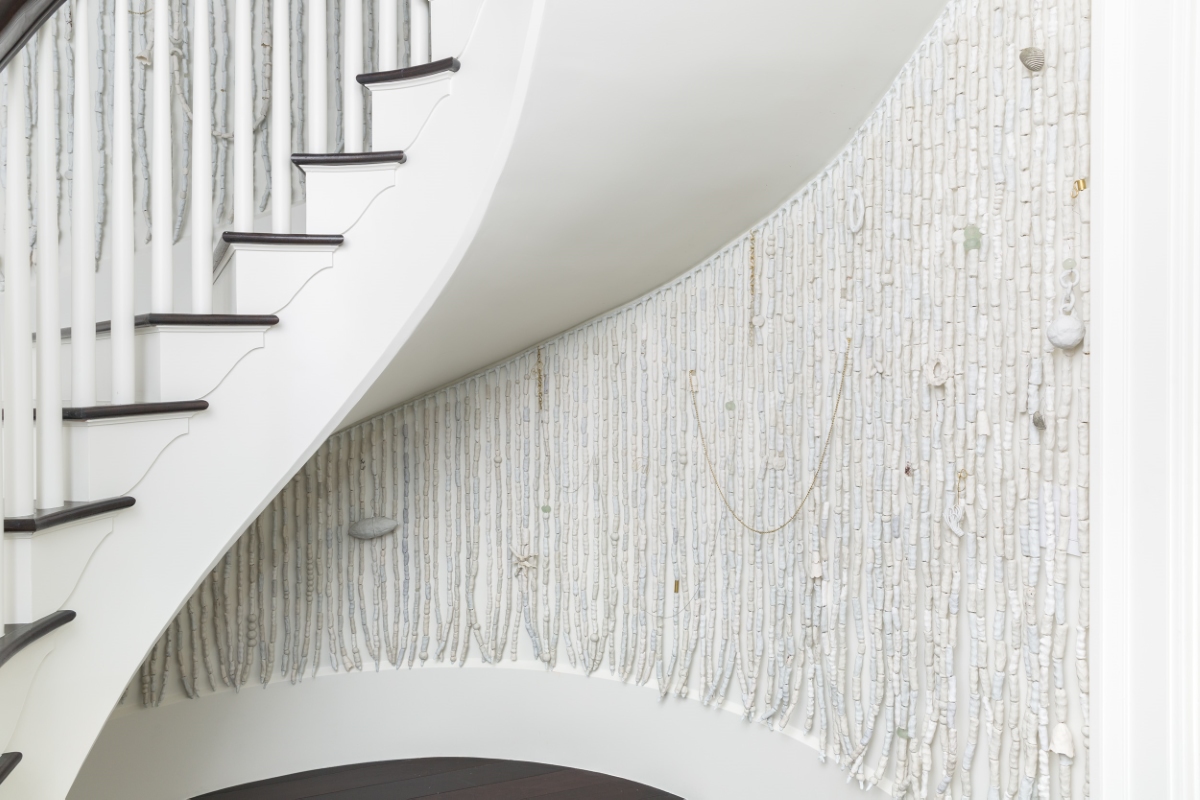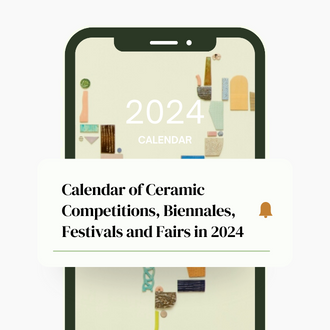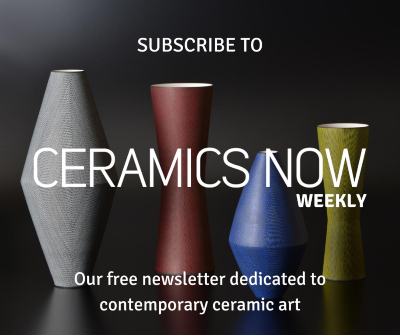Brittany Mojo was born and raised in NJ, moving to California to pursue her BFA in ceramics from California State University, Long Beach. She received her MFA from UCLA in 2016. For the past three years she has been living in working in Southern California working as a professor and professional artist. Mojo has shown vigorously since 2016, with exhibitions mounted throughout the United States and Europe. Recently, Mojo has moved to Cuesta College to teach ceramics as full-time faculty in the Fine Arts department. As an artist and educator, she is persistent in her engagement with various arts communities in Central and Southern California. She is a member of the artist-run gallery and non-profit arts organization, Tiger Strikes Asteroid, Los Angeles, where she runs the intern program, and is involved in curation. Currently, she splits her time between Los Angeles and San Luis Obispo, with her studio in Long Beach, CA.
Visit Brittany Mojo’s website and Instagram page.
Featured work
Nowness, 2021

Wallpaper series, 2016-Present

Using traditionally craft materials, repetitive processes, and domestic objects, Mojo negotiates functional objects and their relationship to women’s work. The pieces are often made from materials that leave evidence of the hand, confronting sculpture and craft, fine art and design, and the nuanced concepts within.
Concerned with the image of function as the armature for material exploration and installation, ideas consider the gendered experience in the everyday. They often offer material as content and hold an intimate relationship to the body. Objects like vessels, lamps, tools, bikes, and furniture are realized from materials that leave evidence of the hand. This becomes an artifact of production; a record of time spent. The work is of time and labor, an investigation into the practices of gendered work.
As installation, the work is both physical and unreal, both bodily and cerebral—where the strange takes form at the intersection of familiarity and ambiguity. The installation elicits contradictions between these objects, where each relationship oscillates between receiving and rejecting, between acknowledging and denying, and between celebration and mourning.
The viewer becomes implicated through the objects in the room as the body is addressed in all stages of production. Through content, a chair may hold the body, while a vessel may be the body. Through process, capturing evidence of the body in material. Through installation, addressing a body as active experience.
The work is always in motion; individual objects are never expected to serve a singular purpose. They become much like the world that surrounds us: both anonymous and intensely personal.





